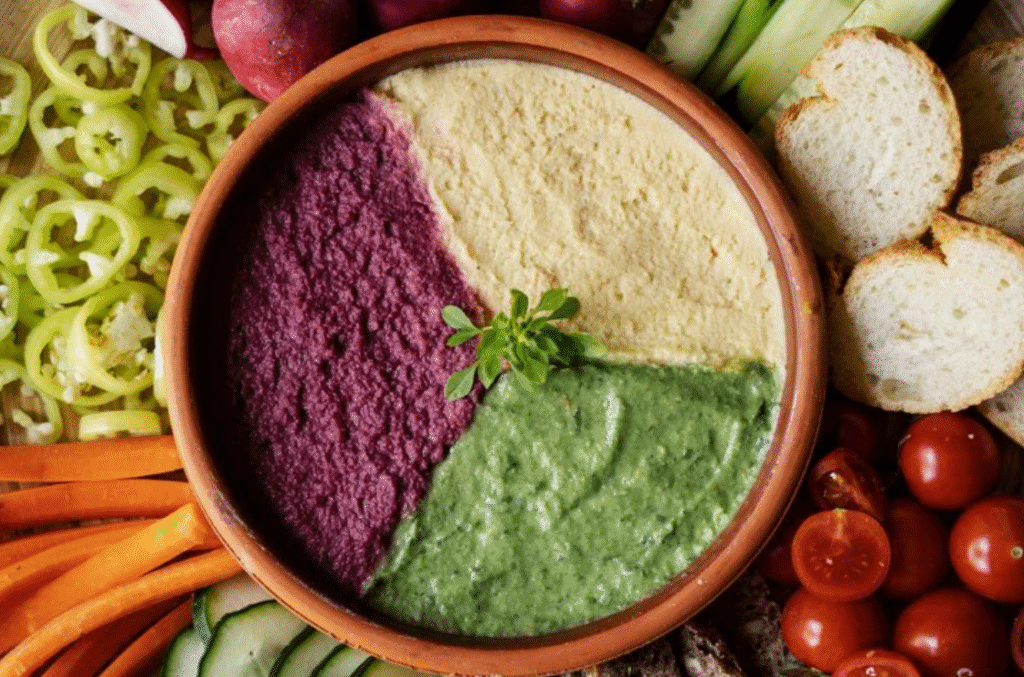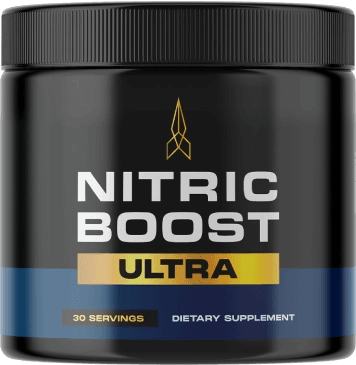Veganism has become increasingly popular around the world, but it’s also surrounded by a fair share of misconceptions and myths. From concerns about protein deficiency to assumptions that vegan diets are bland or extreme, misinformation often discourages people from giving plant-based living a fair shot.
In this article, we’ll debunk 10 of the most common myths about veganism using facts, science, and real-world examples. Whether you’re curious about going vegan or already plant-based, this guide will clear up the confusion.

Myth 1: “Vegans Don’t Get Enough Protein”
Fact: There are plenty of plant-based protein sources that meet daily needs easily.
Plant proteins include:
- Lentils, beans, chickpeas
- Tofu, tempeh, edamame
- Seitan, quinoa, oats
- Nuts, seeds, and nut butters
Example: A cup of cooked lentils has about 18 grams of protein—more than an egg!
As long as you eat a variety of whole foods and consume enough calories, protein deficiency is rare.
Myth 2: “Vegan Diets Are Expensive”
Fact: A vegan diet can actually be cheaper than an omnivorous one.
Whole plant foods like rice, beans, potatoes, oats, and seasonal produce are affordable and widely available. Processed vegan products can be pricey, but they’re optional.
Bonus: Eating at home and buying in bulk further cuts costs.
Myth 3: “You Can’t Be Strong or Athletic on a Vegan Diet”
Fact: Many elite athletes thrive on plant-based diets.
Examples of vegan athletes:
- Venus Williams (tennis)
- Lewis Hamilton (Formula 1)
- Patrik Baboumian (strongman competitor)
- Scott Jurek (ultramarathoner)
Plant-based nutrition can enhance recovery, reduce inflammation, and boost endurance.
Myth 4: “Vegans Are Always Nutrient Deficient”
Fact: A well-planned vegan diet provides all necessary nutrients—with a few strategic additions.
Nutrients to focus on:
- B12 (supplement or fortified foods)
- Vitamin D, Omega-3s (especially DHA/EPA), Iron, Calcium, Zinc, and Iodine
Just like any diet, veganism requires attention to balance—but it’s entirely possible to thrive long-term.
Myth 5: “Vegan Food Is Bland and Boring”
Fact: Vegan cuisine is among the most flavorful and diverse in the world!
From spicy Indian curries to creamy Italian pastas and vibrant Thai stir-fries, vegan meals can be rich, savory, and satisfying.
Staples include:
- Coconut milk, spices, fresh herbs
- Nutritional yeast (cheesy flavor), tahini, soy sauce, sriracha
- Plant-based cheeses, sauces, and desserts
Myth 6: “Veganism Is Just a Trend”
Fact: While the popularity has grown recently, veganism has deep historical roots in many cultures and religions.
Examples include:
- Jainism and certain sects of Buddhism in India
- Ancient Greek philosophers who promoted plant-based living
- Rastafarian Ital diets
Today, veganism is driven not just by trends but by ethical, environmental, and health motivations.
Myth 7: “Vegans Can’t Eat Out or Enjoy Social Gatherings”
Fact: Most restaurants now offer vegan options or can easily adapt dishes. Socializing is completely possible.
Tips for success:
- Check menus ahead of time
- Bring a dish to share at potlucks
- Join vegan meetups or communities
Bonus: Veganism often introduces people to new, inclusive food experiences.
Myth 8: “Being Vegan Means Being Perfect”
Fact: Veganism isn’t about perfection—it’s about doing your best to avoid animal exploitation and minimize harm.
Mistakes or slip-ups don’t erase your efforts. The goal is progress, not perfection.
Even reducing animal products—like trying “Meatless Mondays”—has a positive impact.
Myth 9: “Plants Feel Pain Too”
Fact: Plants lack a central nervous system, brain, or pain receptors. While they respond to stimuli, they do not feel pain like sentient beings.
Ironically, eating animals requires killing more plants (as animals consume large quantities of them). A vegan diet saves more plant lives too!
Myth 10: “You Can’t Make a Difference as One Person”
Fact: Every vegan makes a powerful impact.
Annually, one vegan can save:
- 200+ animals
- 600,000+ gallons of water
- 11,000 square feet of forest
- Tons of CO₂ emissions
Change starts with individuals—and spreads through influence, awareness, and compassion.



